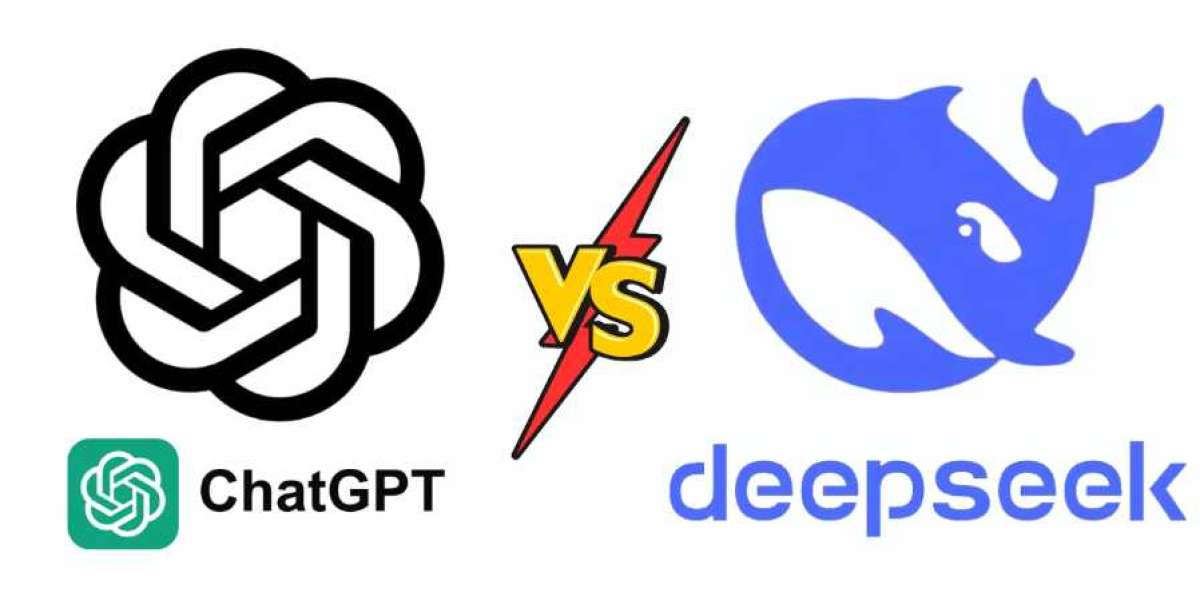The global in silico CROs market is expected to be worth $2.25 billion in 2022, and this value is expected to reach $12.88 billion in 2032, growing at a CAGR of 19.06%.
Market Drivers
- Rising Incidence of Chronic Diseases: The global in silico CROs market is growing due to the rising prevalence of chronic diseases, with AI and computational tools being increasingly integrated to accelerate early diagnosis and assist physicians in providing accurate treatments. The massive amount of data produced by healthcare facilities and the pressing need to address the growing disease load are the main drivers of this development.
- Growing Adoption of In Silico Platforms for Drug Discovery Applications: As computational tools are utilized more frequently for pharmacological hypothesis generation, structure-activity analysis, and pharmacokinetic studies, the market for in silico CROs is growing globally. This is because these tools improve drug discovery and development by identifying new compounds and optimizing target protein modulation.
Learn more about Healthcare Vertical. Click Here!
Conclusion
The global in silico CROs market is experiencing rapid growth, fueled by the increasing demand for efficient and cost-effective drug discovery and development processes. The COVID-19 pandemic has further accelerated the adoption of in silico tools as traditional drug development methods were disrupted. The growing need for patient-specific medications and personalized treatment is another factor propelling the market. Notwithstanding its quick growth, the business still confronts obstacles, such as the requirement for more precise models, particularly for complicated illnesses whose biology is not well known. Open-source software competition reduces profitability by lowering prices. Model accuracy and simulation capabilities have been improved by technological developments in artificial intelligence and machine learning, while the industry is significantly shaped by intellectual property rights and healthcare infrastructure in developing nations. The global market for in silico CROs is expected to increase further with ongoing research and innovation, providing a viable substitute for conventional drug development.











